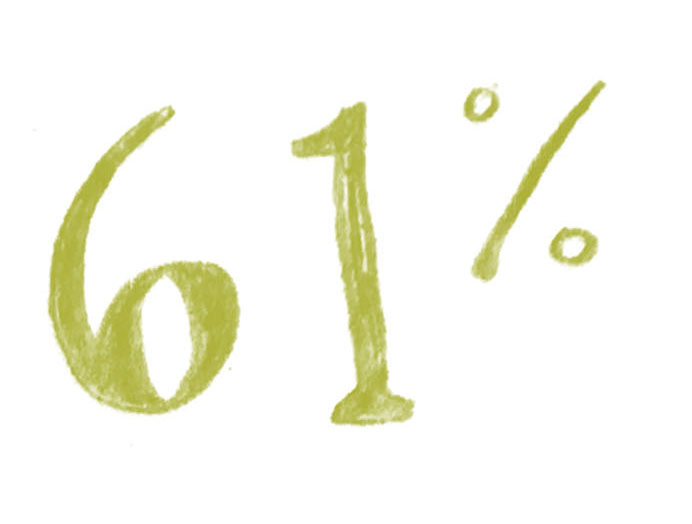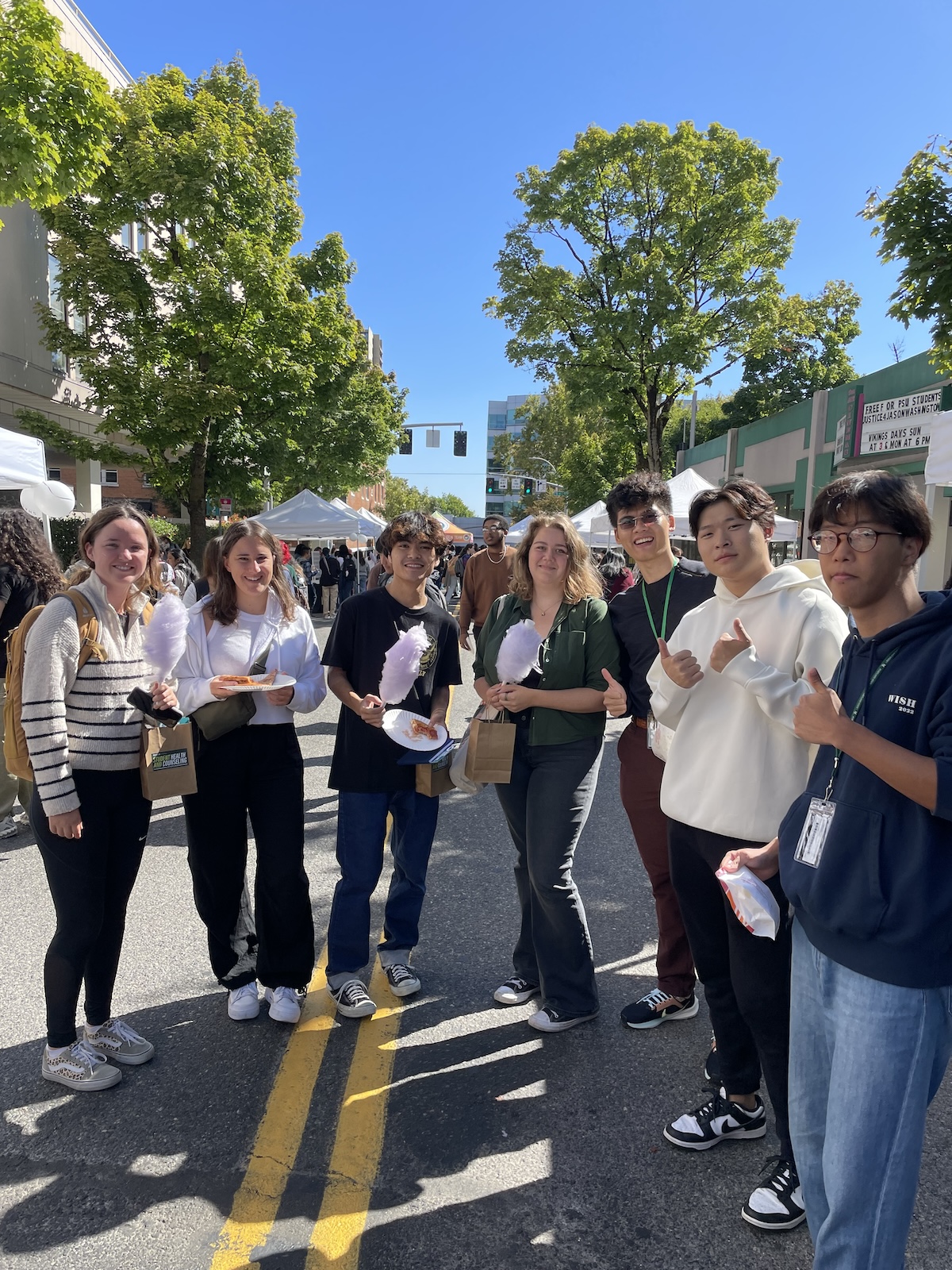In the Oregon Higher Education Coordinating Commission’s first annual Statewide Higher Education Snapshot released this month, researchers found 61 percent of Oregon resident students of Portland State cannot afford college expenses even after financial aid, scholarships and family contributions.
PSU falls 10 percent behind the state average of all Oregon universities and community colleges combined, with 51 percent of Oregonian students unable to afford college after available contributions. Asian and white students are most likely able to afford college, while affordability rates among Black, Native American and Hispanic students are lower.
The report also details among the 350,000 Oregon resident students who enrolled this year, 39 percent were the first in their families to attend college.
HECC Executive Director Ben Cannon stated while the reports show notable gaps, he believes Oregon public institutions “are breaking norms and patterns and are improving students’ lives.” He added, “We must do better as a state at eliminating disparities and improving affordability and success for all students.”
The HECC is a 14-member volunteer commission funded by the state and appointed by Oregon Governor Kate Brown. The commission advises the state legislature and Chief Education Office on policies pertaining to postsecondary education and has a say in annual tuition increases.
Researchers hope the snapshot will aid the state in its “40-40-20” goal, ORS 350.014, which established in 2017 that by 2025, 40 percent of Oregonians will complete a four year degree, 40 percent will complete a two year degree or certificate, and 20 percent will earn a high school diploma or equivalent.
PSU’s average cost of attendance per year is $24,888, which includes boarding, tuition and fees, books and other expenses. With institutional and public resources, the average cost of attendance is $15,588. However, 61 percent of students were unable to meet expenses with expected resources such as family contribution, student earnings and grant aid.
PSU and Eastern Oregon University are similar in terms of affordability. Cost of attendance at EOU comes to $22,230, or $13,087 with resources. However, 67 percent of students are unable to meet expenses. The number of eligible students not receiving financial aid is 52 percent, 8 percent higher than PSU.
Only 53 percent of PSU’s first-time, full-time university freshmen complete a bachelor’s degree within six years. Students at Oregon State University and University of Oregon, on the other hand, are respectively 68 and 74 percent successful in completing their degrees within six years.
Only 53 percent of PSU’s first-time, full-time university freshmen complete a bachelor’s degree within six years.
In the 2017–2018 academic year, PSU achieved record freshman enrollment and record Hispanic student enrollment. The university also rolled out its Four Years Free and Transfers Finish Free programs, which aim to help PSU’s lowest-income Oregonian students graduate debt-free.
Additionally, the HECC and Office of Student Access and Completion announced this month the Oregon Opportunity Grant, the largest state-funded, need-based college student grant, will expand in 2018–2019 for the first time in six years to $3,200 for full-time Oregon residents.
However, HECC’s data illustrates that 44 percent of PSU students who are eligible for the OOG have not received any aid. “A vast majority of students [64 percent statewide] did not receive any public grant aid,” HECC said in a statement, “because they either did not qualify or did not fill out the federal financial aid application.”
Vice President of Enrollment and Student Affairs John Fraire, who has overseen PSU’s recent initiatives to attract more diverse and urban students to the university, did not respond to multiple requests for comment regarding the HECC report.
During the Associated Students of PSU debates earlier this month, senate candidate Antonio Levia said, “We have students here who are hungry. They can’t afford food, they can’t afford housing, and they are broke. It shouldn’t be this hard for someone to attend school and to try and get a higher education.”
“Students [said] they had attended [PSU] for four to five years,” senate candidate Isaac Harper said, referring to concerns brought up at the April 5 tuition forum, “and due to these tuition hikes, they’d be forced to face the possibility of dropping out and losing all of the progress they had taken to achieve their degrees.”
After students protested at the April 12 Board of Trustees meeting, Board members delayed voting on the tuition hike and asked the administration for a financial efficiency report. Without tens of millions of dollars of state aid, PSU could see even higher tuition increases in the future.






